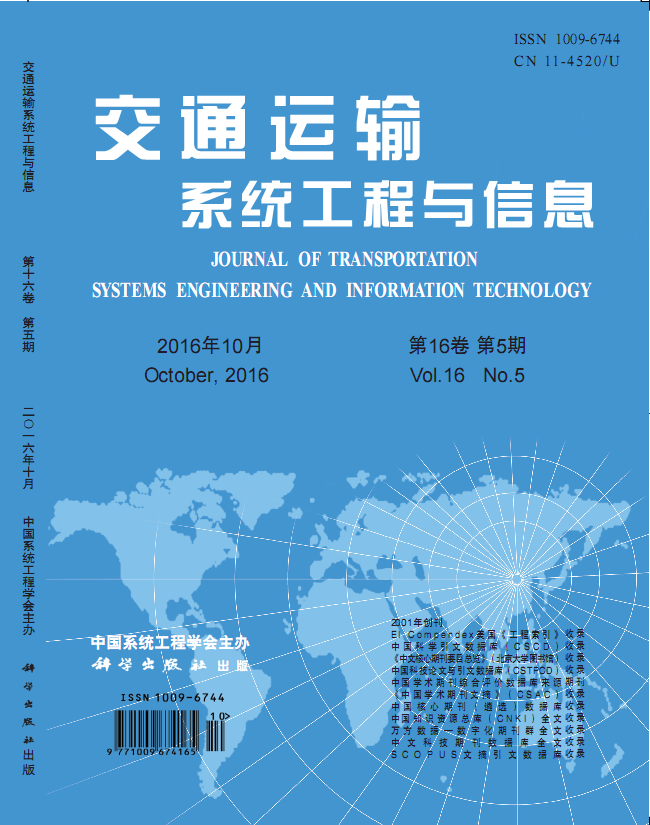After the differences in the dynamic traffic assignment methods between emergency and general traffic are thoroughly analyzed, a feasible dynamic analysis method is provided for the highway emergency traffic evacuation, by combining the temporal and spatial distribution of emergency demands with the dynamic traffic assignment procedure. First, the traffic temporal and spatial distribution forecasting model, which restricted to the evacuation deadline requirements, is established to estimate the time- varying trip matrix of demand distribution. Subsequently, through the bi- level programming model named DYMIN, dynamic traffic assignments are conducted on the time-varying trip matrix to achieve the initial time-varying impedances for each link. Further, in order to reflect the impacts on the link impedances of temporal and spatial changes in the emergency broadcasting area, the emergency penalty functions are introduced to fix the initial impedances, thereby, the trips could be guided to choose the shortest path with lower impacts of emergency in the evacuation process. Finally, multiple traffic simulation runs by TransModeler in feedback mode are executed to compare the highway emergency traffic assignment results before and after utilizing the penalty functions, the effectiveness of the established models is validated.


